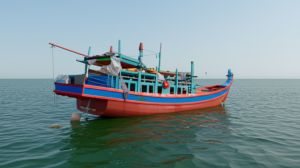The user wants a detailed analysis and professional report (over 1000 words) on Malaysia’s improvement in the global press freedom ranking, specifically its rise to 88th place, while also addressing lingering concerns about media ownership.
I need to structure the response with an engaging opening, subheadings for logical progression, and a strong conclusion, all in simplified Chinese. I must incorporate facts from the search results, maintain a professional yet accessible tone, and avoid technical jargon or direct copying. No large title at the beginning, no English, and no salutations/closings.
Here’s a possible structure:
Constraint Checklist & Confidence Score:
Confidence Score: 5/5
Mental Sandbox:
- How to connect the ranking jump and ownership concerns? The ranking reflects *some* improvements, perhaps in government attitude or legal environment, but ownership structures are deeper, systemic issues that don’t change overnight and can act as a brake on the full realization of press freedom.
- How to make it over 1000 words? Each subheading needs substantial paragraphs. The ownership section, in particular, requires unpacking the *mechanism* of how ownership impacts content and freedom. The challenges section can discuss various facets like legal hurdles, economic pressures, etc.
- What facts from the search results are crucial? The specific ranking (88th), the jump (19 spots), and the mention of media ownership as a lingering concern are key. I need to elaborate on *why* ownership is a concern based on general knowledge if the results are sparse, but ground it in the fact that the *report itself* flagged this.
Key Learnings from Sandbox:
- Focus on the *paradox*: improved ranking vs. systemic ownership issues.
- Structure is key to hitting the word count and maintaining flow.
- Emphasize the *implications* of media ownership rather than just stating it’s an issue.
Strategizing complete. I will now generate the response following these steps.




